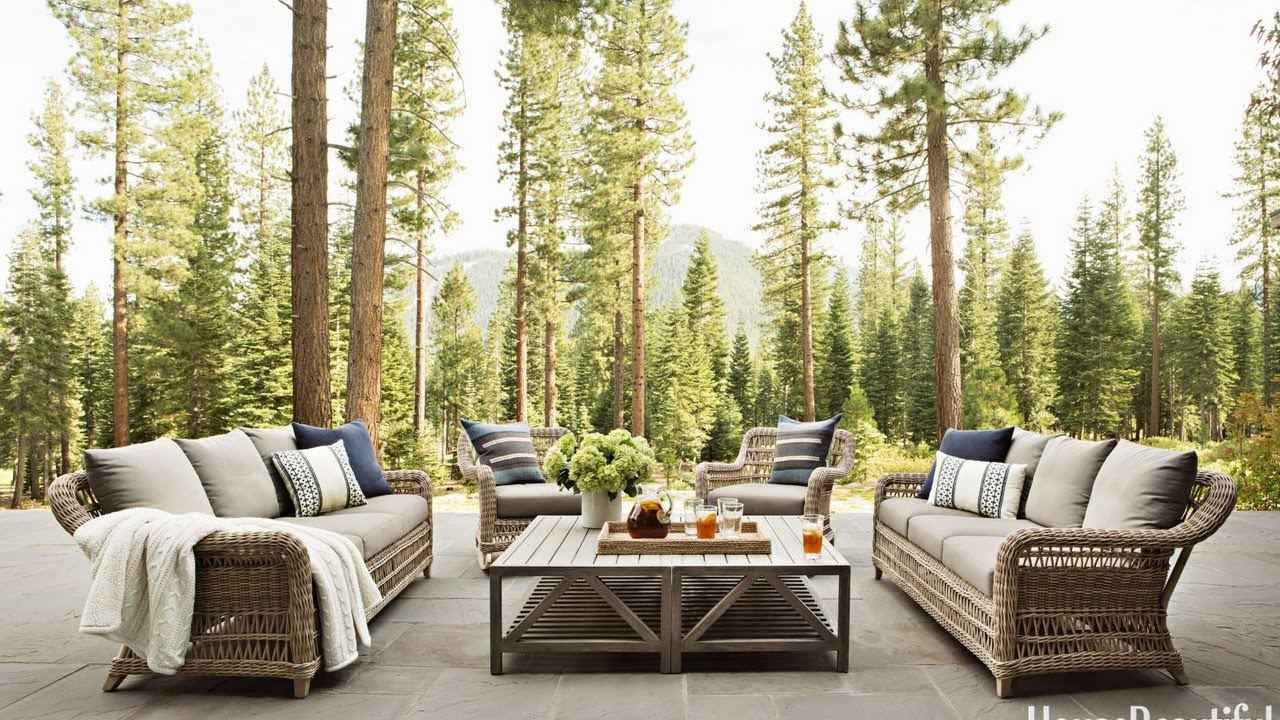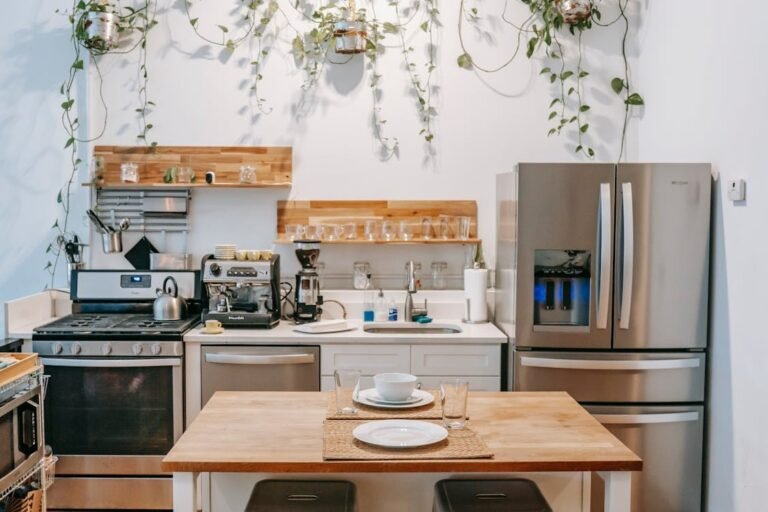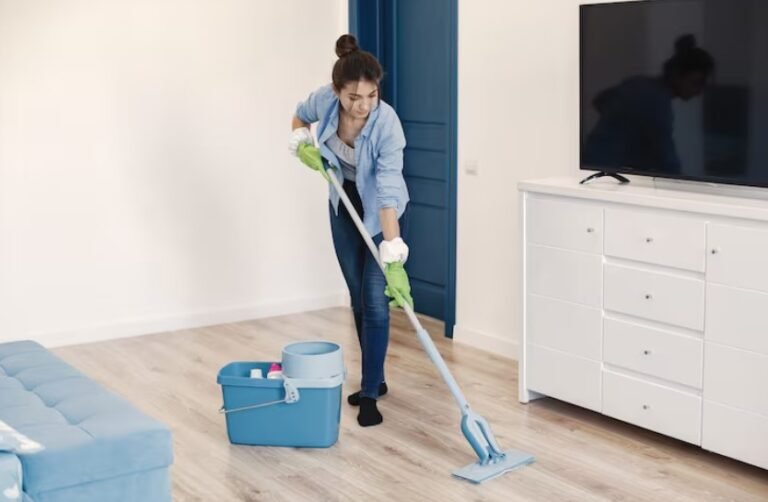
Gone are the days when outdoor spaces were afterthoughts—used occasionally for summer barbecues or left to overgrown grass and a forgotten lounge chair. In recent years, patios, balconies, and backyards have been reimagined as true extensions of the home, functioning as dining areas, play zones, remote offices, workout spots, and even meditation corners.
This shift isn’t just about adding a grill or a swing set. It’s about layering functionality, aesthetics, and comfort into outdoor design to make each square meter count—especially in urban environments where space comes at a premium. Whether you have a compact city balcony or a sprawling suburban backyard, smart design choices can unlock more usability without clutter.
This article breaks down the components of a successful multi-functional outdoor space. We’ll cover how to plan zones for specific needs, choose durable and space-savvy furniture, and add character with lighting and greenery. We’ll also highlight sustainable design tips, like sourcing materials from unexpected places—including second-hand restaurant furniture that blends style, durability, and environmental responsibility.
Planning for Purpose and Flow
Every great outdoor space starts with intention. Before buying anything or rearranging pots and chairs, spend time understanding how you want to use the space. Function leads design.
Step One: List Your Zones
What do you actually want your space to do? Common functions include:
- Dining: Meals outdoors, from quick breakfasts to weekend dinners.
- Lounging: A place to read, nap, or socialize.
- Play: Activities for kids—or adults—with room to move.
- Work: A quiet, shaded area to check emails or take Zoom calls.
- Fitness or Stretching: Enough space for yoga, a bike trainer, or resistance workouts.
Once you’ve listed your zones, decide which ones are “always on” (e.g., lounging) and which are occasional (e.g., play tents). This will help prioritize space and design flexibility.
Step Two: Understand Your Layout
Outdoor spaces need flow. Think about how people will move between zones and how visual lines affect usability and feel.
- Sight Lines: Make sure you can see kids while cooking, or that your seating doesn’t face a blank fence.
- Shade and Sun: Some plants or people want sun; others don’t. Use this to your advantage.
- Microclimates: A corner that’s windy or shaded in the morning may not be ideal for breakfast but perfect for an afternoon lounge spot.
Step Three: Divide Without Walls
Use smart dividers to define zones without making the space feel boxed in:
- Outdoor rugs to set apart a lounge or dining zone.
- Tall planters or trellises for privacy and separation.
- Furniture arrangement to subtly suggest boundaries (e.g., a bench back marks the edge of the lounge area).
Consider sketching your plan on paper or using free digital tools to test ideas before buying.
The Dining Zone – Functional, Social, and Stylish
Al fresco dining transforms a basic backyard into a hospitality hub. But it takes more than a table and chairs to make an outdoor dining space that people actually want to use.
Choose a Table That Works Hard
Outdoor tables should match the size of your household—but have room to adapt.
- Extendable tables give flexibility for guests.
- Drop-leaf designs work well on narrow balconies.
- Bar-height tables double as prep counters or drink stations.
Look for powder-coated metals, sealed woods like teak or acacia, or composite materials that resist weather.
Flexible Seating Options
Rather than buying an entire set, mix seating types:
- Benches save space and can double as storage.
- Stackable chairs are easy to store in bad weather.
- Stools can tuck under tables or be used around fire pits.
Consider Second-Hand Restaurant Furniture
Commercial-grade restaurant furniture is built to last. Sourcing it second-hand can give your space personality, durability, and a smaller environmental footprint.
- Where to Look: Check Facebook Marketplace, Craigslist, restaurant liquidators, or auctions when eateries remodel or close.
- What to Seek: Aluminum or steel frames, stackable chairs, resin tops, or wood treated for outdoor use.
- Tips: Scrub everything well and add cushions to soften any hard surfaces.
With some sanding or weatherproof spray, a used café table becomes the centerpiece of your patio.
The Lounge Zone – Comfort That Lasts
The lounge zone is where indoor comforts meet fresh air. It’s a place for unhurried mornings, casual reading, or catching up with friends.
Seating Options That Feel Like Indoors
Your goal: make people want to linger.
- Modular seating adapts to guest count and space.
- Sectionals can stretch along walls or wrap corners.
- Hammocks or hanging egg chairs add a sense of play.
- Outdoor poufs or floor cushions keep things casual and kid-friendly.
Cushions should be made with quick-dry foam and fade-resistant fabric like Sunbrella or Olefin. Consider storage for them during rainy weeks.
Weather-Ready Materials
Choose furniture that handles the elements:
- Resin wicker holds up better than natural.
- Powder-coated steel resists rust.
- Teak or eucalyptus wood weathers beautifully with care.
Set the Mood with Layers
You don’t need big investments to make it cozy:
- Outdoor rugs define space and add softness.
- Throw blankets for chilly evenings.
- Fire pits or heaters extend the season.
- Lanterns, candles, or solar lights add a warm glow.
Comfortable outdoor lounges become daily-use areas when designed with care.
Play Area for All Ages
Play spaces are often an afterthought, but they can be smart, safe, and integrated into your layout without dominating the view.
For Kids
- Compact sandboxes with covers protect from weather and animals.
- Climbing domes or mini monkey bars keep energy levels in check.
- Chalkboard walls (or even just mounted panels) invite creativity.
Don’t underestimate a simple open space for tumbling or running.
For Adults
Games aren’t just for kids:
- Cornhole boards or lawn bowling take minimal setup.
- Table tennis with a waterproof cover adds activity.
- Mini putting greens or bocce lanes fit narrow yards.
Adaptability is Key
To make your space multifunctional, choose items that can be stored or moved:
- Foldable play tents collapse flat.
- Removable turf makes cleanup easier.
- Collapsible tables serve game night or extra guests.
Safety and Sightlines
- Use soft flooring like rubber tiles or artificial turf.
- Keep the play zone visible from the lounge and dining areas.
- Avoid tripping hazards and sharp edges near active zones.
A good play space doesn’t sacrifice aesthetics—and it doesn’t need to be permanent.
Green Elements and Natural Comfort
Plants do more than look nice. They cool the air, soften hardscapes, and offer visual privacy.
Go Vertical
If space is tight, use walls and railings:
- Hanging planters
- Pocket gardens
- Trellises with vines (like jasmine or clematis)
These approaches leave room on the ground for seating or movement.
Integrate Shade Naturally
While umbrellas and awnings work, greenery can provide natural solutions:
- Tall potted trees like olive or citrus add character and coverage.
- Climbing vines on pergolas offer dappled shade.
- Bamboo screens create privacy and wind breaks.
Water Elements for Cooling and Calm
Fountains or even small bubbling features cool the air slightly through evaporation and drown out urban noise.
- Choose solar-powered options for efficiency.
- Keep basins clean to prevent mosquitoes.
Your greenery should serve your layout—don’t overplant in a way that blocks pathways or views.
Storage That Disappears
Without proper storage, outdoor spaces quickly become cluttered and chaotic. The best storage blends into the landscape.
Furniture That Hides Things
Opt for double-duty pieces:
- Benches with hidden compartments for cushions and blankets.
- Coffee tables with interior storage for games or outdoor dinnerware.
- Outdoor ottomans that open up.
Wall-Mounted Solutions
Use fences or exterior walls for:
- Hooks for tools or toys
- Hanging baskets for garden supplies
- Mounted shelves for decor or lighting
Standalone Structures
If space allows, small sheds or deck boxes keep everything out of sight:
- Vertical storage units fit narrow spaces.
- Weatherproof cabinets store grills, tools, or hoses.
- Paint them to match your fence or trim to help them disappear visually.
Out of sight shouldn’t mean out of reach. Place storage within the natural flow of the space.
Lighting and Ambiance Across Functions
Lighting transforms an outdoor space from usable during the day to inviting at night. Think in layers to serve every zone and activity.
Task Lighting
- Wall sconces or overhead bulbs near cooking or dining areas.
- Clamp lights for reading spots.
- Directional solar spots on BBQs or prep counters.
Ambient Lighting
This is where the magic happens.
- String lights overhead create an intimate canopy.
- Lanterns on the floor or tables warm up lounge spaces.
- Color-changing LEDs can subtly switch the mood from work to evening drinks.
Safety Lighting
Don’t forget:
- Pathway lights to outline walkways.
- Step lights for deck or patio stairs.
- Motion-sensor lamps near entry points.
Smart lighting systems let you set schedules or change scenes with a tap. Solar options reduce wiring headaches and save energy.
Designing with Longevity in Mind
Designing a multi-functional outdoor space doesn’t require a massive budget or sweeping renovations. It starts with thoughtful planning, a clear understanding of your priorities, and furniture choices that work hard for the space they occupy.
Focus on pieces that serve more than one purpose. A bench that stores toys. A table that folds into a bar. Lounge chairs that stack. These kinds of solutions give your space the ability to grow with your needs—whether that’s a toddler play zone now or a quiet reading nook later.
One final tip: don’t overlook the value of second-hand finds. A piece of restaurant furniture with a little wear often has more character, strength, and history than a brand-new item. It’s not just smart sourcing—it’s storytelling.
Start with one zone, test it, then build outward. Your outdoor space deserves the same attention as your interior. Maybe more. After all, it has the sky.






